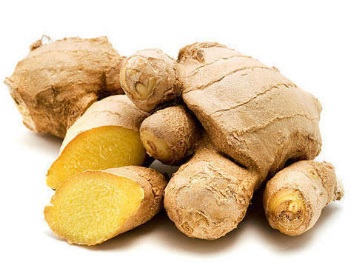To elicit a well-functioning and healthy gut, the dynamic balance of gut ecosystem holds great importance. It’s well known that microbiome – the trillions of bacteria living in our gut can have a major impact on health and productivity.
But, wide range of factors related to diets and infectious disease agents seem to affect this balance, and subsequently affect the health status and production performance of the livestock as well as poultry.
Herbs and their extracts are used in animal nutrition as appetite and digestion stimulants, stimulants of physiological functions, for prevention and treatment of certain pathological conditions, as colorants and antioxidants.
1.Aegle marmelos
The Aegle marmelos tree grows in tropical to subtropical climates. Bael fruit pulp is highly rich in essential vitamins such as Vitamin C, Vitamin A, Thiamine, Riboflavin, Niacin, and minerals such as Calcium and Phosphorus.
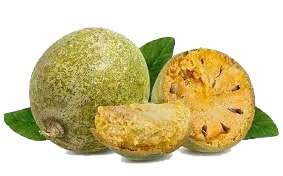
In Ayurveda, Bael is utilized for its ability to treat an assortment of diseases, including Diarrhoea, Dysentery, and Dyspeptic symptoms. Marmelosin, isolated from the Bael plant, has been reported to have anthelmintic and antibacterial activity. Various other constituents and the presence of tannin and other mucilaginous substances have been detected in the plant. Some researchers have also observed beneficial effects in Luvangetin, a Pyranocoumarin obtained from the seeds of the Bael plant, in the treatment of gastric ulceration.
2. Punica granatum

Punicalagin is an ellagitannin found in the fruit peel of Punica granatum. It is an polyphenol highly rich in antioxidant property. The fruit Punica granatum
has been used for years in traditional medicine owing to the presence of several phytobiotics with antimicrobial and immunomodulatory properties. Peels of this fruit has potent antidiarrheal activity. All components of Punica granatum fruit with abundant tannins show relatively strong astringent effects. Fresh or dried root barks or ethanol extracts of pomegranate are used to remove intestinal parasites due to the alkaloid substances. It is also used in traditional medicine because of the antibacterial and anti-inflammatory properties.
3. Holarrhena antidysenterica
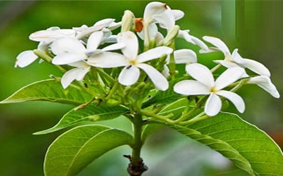
Known to contain conessine, ergostenol, holarrhenine, kurchicine, resin, and tannin Holarrhena antidysenterica is used traditionally for a variety of health disorders, including colic, diarrhea, dysentery
,
constipation, flatulence, and urethrosis, as well as being considered useful as carminative, antispasmodic, astringent, anthelmintic, lithotriptic, diuretic and antihypertensive. It possess antimutagenic, antibacterial and immunomodulatory properties. Holarrhena antidysenterica contains gut stimulatory and inhibitory constituents, mediating their effects via histaminergic and Ca++ antagonist pathways respectively, which may explain the folkloric use of the plant in gastrointestinal motility disorders such as constipation, colic, and diarrhea.
4. Cyprus rotundus
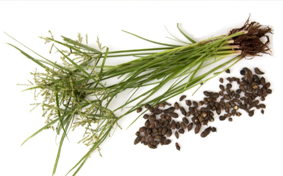
The anti-microbial activity of C. rotundus rhizomes extracts against six pathogenic microbes viz. Aspergillus niger, Bacillus cereus, Candida albicans, E. coli, Pseudomonas aeruginosa and Staphylococcus epidermidis makes it a important herb for maintaining eubiosis in gut. Cyperus rotundus produces its anti-diarrheal effect through decreasing intestinal secretions and anti-spasmodic effect by inhibiting the intestinal motility.
5. Salamalia malabarica
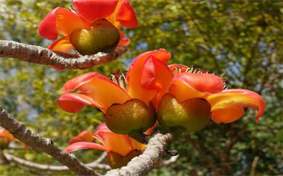
Whole plant of Salmalia is rich in betasistosterol and glycosides. Plant has many medicinal properties like aphrodisiac, astringent, stimulant, antidiarrheal, antipyretic and antimicrobial. Roots of Salmalia are used for treating dysentery and diarrhoea. These are styptic and also useful for treating wounds. Gum of this plant is used to reduce burning sensation and also effective for treating dysentery, haemoptysis and enteritis. Leaves has anti-inflammatory properties which is helpful in relieving gut inflammation.
6. Oregano
Active compounds present in Oregano are Carvacrol, thymol, and their precursors p–cymene and γ-terpinene, promote to have synergistic/additive effects, such as antifungal, antiparasitic, antioxidant and antimicrobial activities. It helps in enhancing growth performance, increase intestinal and pancreatic digestive enzyme activities and improve cellular and humoral immunity. It helps in alleviating intestinal inflammation, the impaired intestinal integrity and barrier dysfunction induced by C. perfringens challenge in broilers. Oregano powder had a mild effect on the microbial cell cultures increasing Enterococcus faecium, rearranging ratios of members in the genus Lactobacillus and significantly reducing the genus Streptococcus.
7. Allium sativum 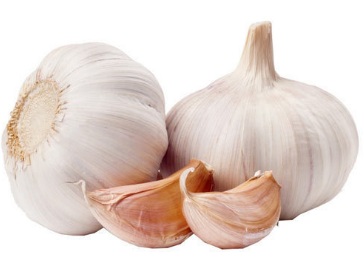
Garlic (Allium sativum) has a reputation of “all healing” herb and contains prebiotic components, fructans, antibacterial compounds, and organosulfur compounds. The complex ingredients of garlic seem to impart a paradoxical result on the gut microbiome. Phytochemical compounds present in garlic can inhibit the growth of harmful microorganisms in the digestive tract of chickens so that the utilization of food substances by chickens can be optimal and growth will increase. Garlic, besides being a phytochemical, can also play a role as a prebiotic. The use of garlic as a prebiotic is helps to increase host defense due to the invasion of pathogens in the intestine. It is also proven effective as a hypolipidemic, antimicrobial, antihypertensive, hepatoprotective and insecticidal. Allicin can also inhibit and kill various pathogenic bacteria, enhance immunocompetence, improve gastrointestinal motility, and modulate the secretion of various enzymes to improve digestion and nutrient absorption by promoting the performance of the intestinal flora, thereby enhancing the utilization of energy and improving growth.
8. Zingiber Officinale
Zingiber officinale Roscoe commonly recognized as ginger, is one of the topmost popular feed-flavoring additive managed as analgesic, anti-inflammatory, gastrointestinal modulating agent, antimicrobial and
antioxidant. Ginger could be a possible choice for popular synthetic growth promoting agents like antibacterials. Ginger is composed of gingerols, shogaols and zingrone. Antimicrobial action is seen against some gram-positive strains (Bacillus subtilis, Staphylococcus aureus and Staphylococcus epidermidis); some gram-negative strains (Salmonella, Escherichia coli and Pseudomonas aeruginosa); some yeast strains (Candida albicans and Saccharomyces cerevisiae) and some fungal strains (Aspergillus niger, Penicillium spp. and Rhizopus nigricans). Ginger root contains several compounds which have biological activities such as antioxidation, antimicrobial and promote eubiosis in the gut.



